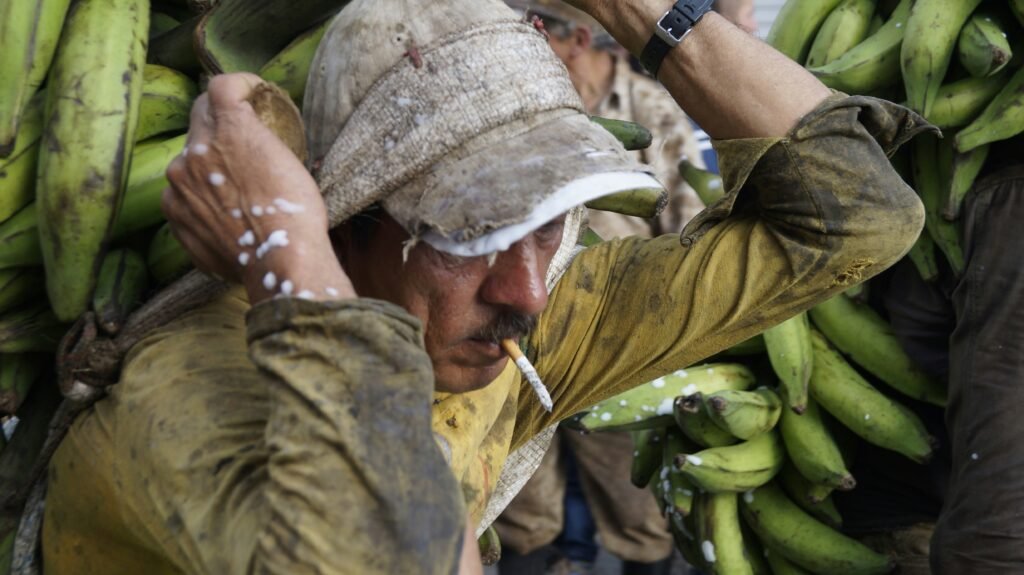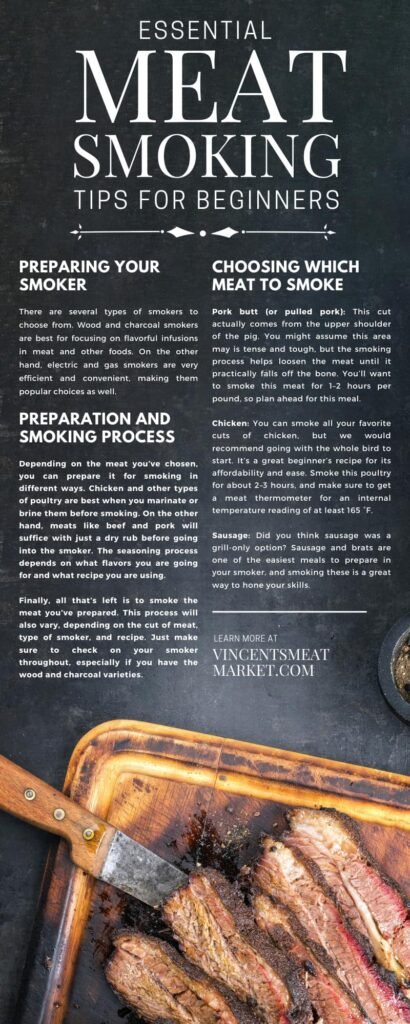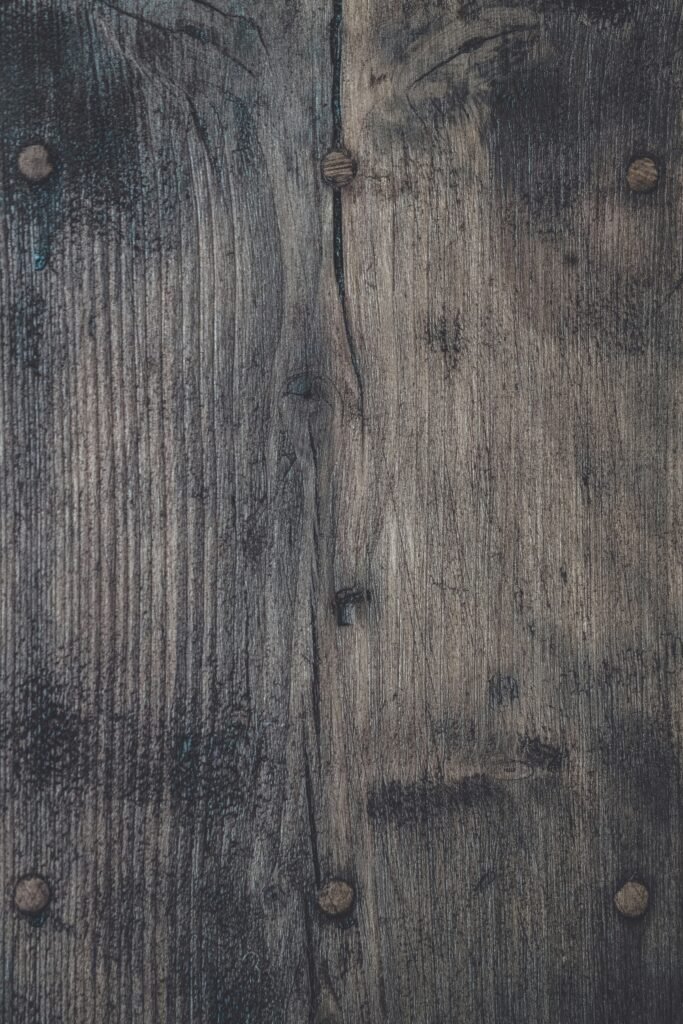Have you ever found yourself in your backyard, holding a pack of sausages and wondering whether to cold smoke or hot smoke them? It’s not an everyday question, but for those of us venturing into the smoky world of culinary craft, it’s quite the conundrum. We’ve certainly been there, teetering on the brink of culinary greatness, only to end up with a backyard blaze that put our spatula skills to the test. Let us take you through the delicate dance of smoking, so you, dear fellow barbecue aficionado, can steer clear of turning your grassy haven into an inferno, like yours truly once did, much to the chagrin of our neighbors.

This image is property of images.unsplash.com.
Understanding Smoking: A Culinary Art Form
Smoking is more than just a cooking method; it’s an art form that has created culinary masterpieces around the world. At its heart, it’s about flavor—rich, deep, robust flavors that transform humble cuts of meat or delicate cheeses into gastronomic delights. But understanding the nuance between cold smoking and hot smoking is essential. Let’s break it down together, shall we?
Cold Smoking vs. Hot Smoking
Many of us have puzzled over which smoking method to choose. It’s a bit like deciding between an epic action flick or a suspenseful thriller for movie night. Each has unique features and should be selected based on what we want from our smoking venture.
Cold Smoking
Cold smoking is like a gentle whisper that imbues food with smoky flavors without actually cooking it. It involves smoking food at lower temperatures, typically below 90°F (32°C). This method is perfect for foods like cheese, butter, and some fish, where the aim isn’t to cook but to enhance their flavors subtly.
Advantages of Cold Smoking:
- Perfect for delicate foods that would otherwise melt or cook at higher temperatures.
- Extends the shelf life of certain foods and adds a complex flavor profile.
Risks and Challenges of Cold Smoking:
- It doesn’t cook food, raising food safety concerns if not done properly.
- Requires precise control of temperature and humidity.
Hot Smoking
In contrast, hot smoking is the sizzling diva of the duo, running much hotter—typically between 150°F and 300°F (65°C and 149°C). Here, we cook and flavor the food simultaneously, making it an excellent choice for meats like ribs, brisket, and poultry.
Advantages of Hot Smoking:
- Cooks and flavors the meat simultaneously, making it more convenient for many types of dishes.
- Develops a rich, smoky crust, often considered a delicacy.
Risks and Challenges of Hot Smoking:
- Can dry out or overcook food if not monitored closely.
- Requires more energy and time consistency.
Now that we have a handle on the two smoking styles, let’s delve into how we can perfect our smoking game without inadvertently setting our backyard ablaze.
Achieving the Perfect Smoke
We’ve all experienced the frustration of setting out with the best intentions, only to watch them spiral into a smoke-induced calamity. But fear not—our hard-won knowledge can be passed on to you.
Equipment Essentials
The right tools make all the difference. Not all smokers are created equal, so we need to make sure we’ve got the one that suits our needs.
Choosing the Right Smoker
Our lineup of options can be a bit bewildering, much like standing before an endless buffet without a plate in sight. Here are our top picks:
- Charcoal Smoker: Offers authentic flavors but requires more attention.
- Gas Smoker: More straightforward and less smoky, perfect for beginners.
- Electric Smoker: Great for convenience and consistent temperatures.
- Pellet Smoker: Combines versatility and ease, with a slightly higher cost.
Remember, each smoker type brings its own quirks and features which can either lead you to smoked-fish glory or an evening spent googling “eco-friendly ways to mask smoke damage.”
Setting up Your Smoking Station
Even with the perfect smoker, we can’t just plop it down anywhere and hope for the best. Location is everything.
Safety Zone
We should place our smoker on a non-flammable surface, away from anything that could go up in smoke—literally. This includes wooden decks, garages, and even low-hanging trees.
Proper Ventilation
There’s nothing worse than good food ruined by fumes and smoke. Ensure there’s ample ventilation, allowing smoke to escape and preventing any pressure from building up and deciding to release itself in one dramatic, unplanned event.
Smoking Techniques to Avoid Culinary Chaos
There’s a Zen-like peace in mastering the intricacies of smoking, one we’d love to help you achieve. Through trial, error, and charred hinterlands of experience, we’ve developed a step-by-step guide to save both your food and your reputation.
Temperature Control
This is the linchpin of smoking success, the tightrope walk between deliciousness and disaster. Keeping a close eye on the temperature ensures our smoking efforts don’t turn into an impromptu fire show.
The Importance of a Good Thermometer
The right thermometer can be the beacon of hope guiding us through the (hopefully) metaphorical fog of smoke. Invest in a reliable one, preferably something digital that lets us check temperatures at a glance.
Temperature Monitoring Tips
- Frequently check the smoker’s temperature.
- Adjust air vents to maintain a consistent heat flow.
- Avoid opening the smoker unnecessarily to prevent heat loss.
Fueling the Fire
Fuel is the engine behind our smoky adventures. Choosing it wisely can dictate the final notes of our culinary composition.
Types of Wood Chips
Using the wrong wood chips can be akin to wearing mismatched socks to a black-tie event. Perish the thought! Here’s a quick overview for our clueless comrades-in-chips:
- Hickory: Strong and bold; pairs well with pork and ribs.
- Applewood: Light, fruity flavor; perfect for chicken and turkey.
- Mesquite: Intense and earthy; best for beef and wild game.
- Cherrywood: Sweet, mild taste; complements just about anything.
Choose wisely, and let Mother Nature enhance our creations rather than incinerate them.
Troubleshooting Common Smoking Mishaps
Despite our best efforts, every now and then, things don’t go as planned. We’ve been there, and we’re here to help you find the silver lining in your puff of misfortune.
Overcooked or Undercooked
Finding the perfect doneness can be a challenge. If we end up with food that’s marched past our intentions into either too raw or too done territory, we must remain calm. Adjust and learn for next time.
Adjustments for Next Time:
- Keep a closer watch on the smoker temperature.
- Use thinner cuts for undercooked issues or thicker ones for the opposite.
Unwanted Flavors
If the meat doesn’t taste quite right, it could be due to a variety of factors—wrong wood choice, improper seasoning, or even cooking too long. It’s all part of the learning curve.
Ways to Tweak Flavors:
- Pair wood chips and meat properly.
- Don’t be afraid to adjust seasoning blends.
Avoiding the Backyard Blaze
Ah yes, the pièce de résistance in our smoking misadventures: warding off those dreaded backyard fires. We learned the hard way, but you don’t have to!
Preventative Measures
- Location, Location, Location: Always set up in a well-ventilated area on a non-flammable surface.
- Fuel Management: Only use the necessary amount of fuel and avoid any reactive or overly dry materials.
- Supervision: Never leave the smoker unattended, especially for long periods.

This image is property of images.unsplash.com.
Into the Smoker’s Zen
We’ve covered a lot, haven’t we? But as we pack away conditions of backyard chaos, let’s keep in mind that practice is paramount. Every smoker-fiend has their own journey, unique in its mishaps and triumphs. Embrace every smoke trail and burnt offering as a secret guiding you to smoked perfection.
Let’s keep that sanity—and safety—in check as we journey together through the sacred art of food smoking. May your smokes be even, your flavors rich, and your neighbors fire department phone-free.
If you’re itching for more tips or a new recipe challenge, remember, we’re just a smoke signal away.





